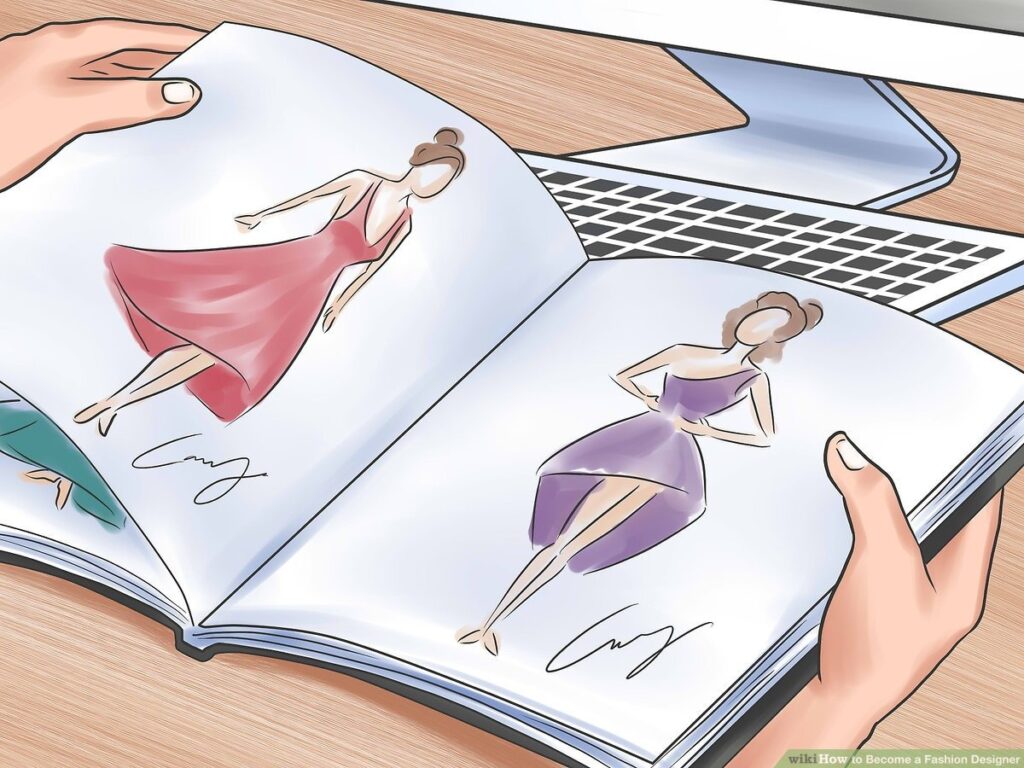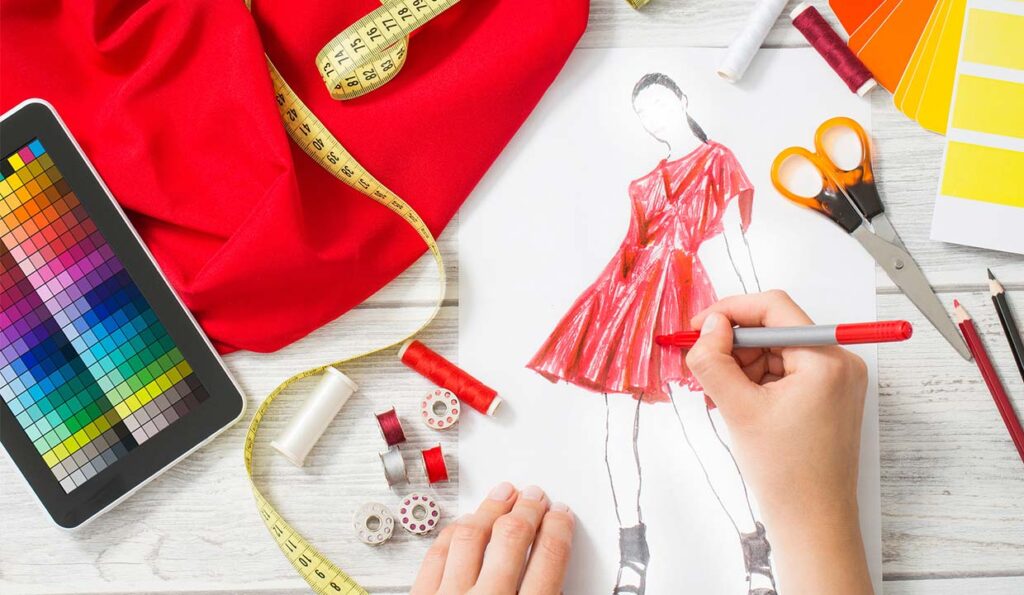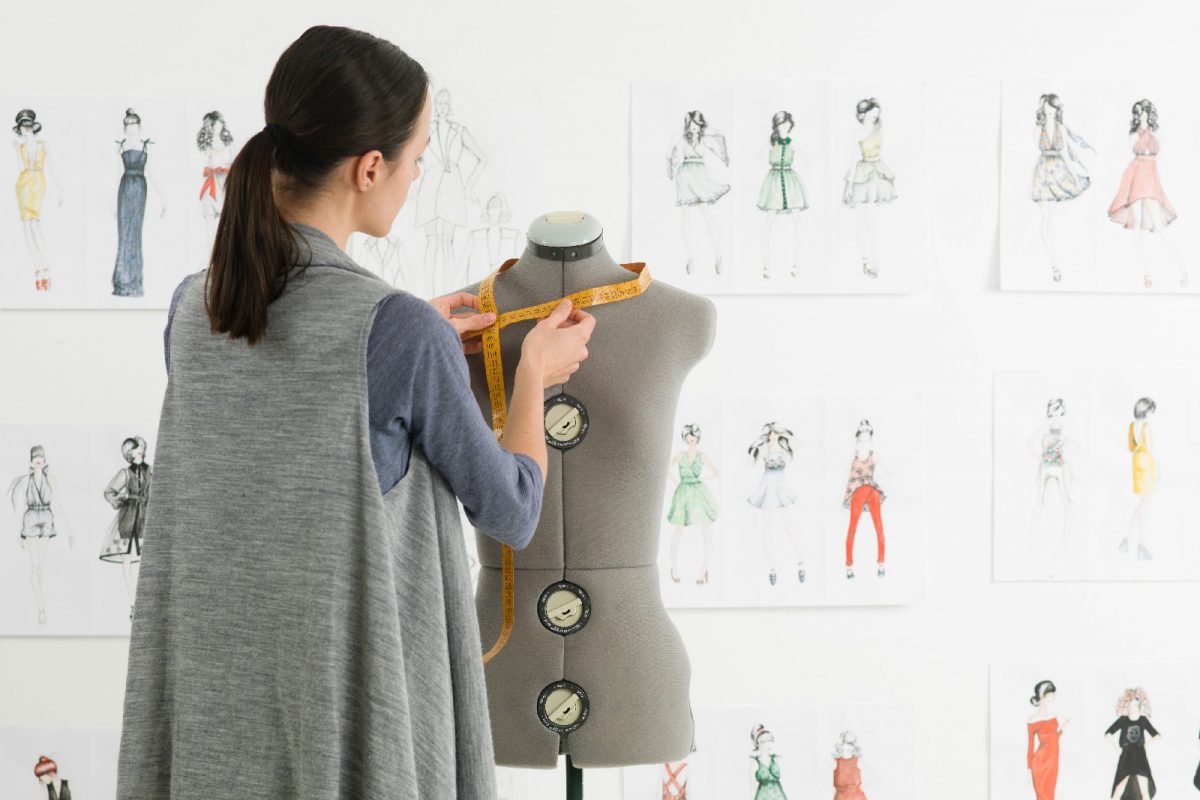The fashion industry is constantly growing, and with it comes a range of different design qualifications. Which one should you choose? And what are the benefits of having a specific qualification? In this blog post, we will provide you with 5 tips for choosing the right fashion design qualification and outlining the benefits of having one. From gaining skills in specific areas to finding potential ideas, read on to learn more about what a qualification can do for your career.
What are the different types of fashion design qualifications?

There are many different types of fashion design qualifications available. Below is a list of the most popular ones:
Bachelor in Fashion Design (B. Des)
Master in Fashion Design (M. Des)
Bachelor of Fashion Technology (B.F. Tech)
Bachelor of Arts (B.A.)
Master in Fashion Technology (M.F. Tech)
Master in Fashion Design (M. Des)
Diploma in Fashion Design. Master in Fashion Management (MFM))
Each type of qualification has its own set of unique benefits and requirements, so it’s important to choose the one that best matches your goals and skill set. Here are some tips to help you choose the right program:
- Think about your career goals. If you want to be a designer at a high-end brand or work for a fashion company, you’ll need an M. Des or higher qualification. If you want to freelance or start your own business, a B. Des. or B.F. Tech will suit you better.
- Consider your experience and skill sets. A B.F. Tech in art may give you the creative skills necessary to become a fashion designer, but if you don’t have any practical sewing experience, an M.F. Tech may be better suited for you. Likewise, someone with only basic design skills might be fine with a B.A, while someone with more experience and knowledge might benefit from pursuing an M. Des or MFM degree instead.
- Compare coursework and degree requirements. Make sure the program you’re considering has the specific coursework and degree requirements you need in order to be successful as a fashion designer. For example, an M. Des in fashion design typically includes courses in fashion history, garment construction and design, marketing, and business management.
Whatever type of fashion design school qualification you choose, make sure to research all of the available programs carefully and compare them against your career goals and skill set.
What do fashion design qualifications involve?

The qualification you choose will heavily depend on your career aspirations and what type of work you envisage doing in the fashion industry. However, there are a few basics that almost all qualifications share.
Some common requirements for this qualification include studying fabrics, fashion theory, and color theory. In addition, students typically learn how to use CAD software to create styles. Some programs also include coursework in marketing and sales, so that graduates are well-equipped to enter the fashion industry as designers or merchandisers.
While the specific requirements of any given qualification vary from program to program, most of them involve extensive study and plenty of hands-on experience working with different types of clothing and fabric materials. Given the rapidly changing nature of the fashion industry, it’s important for potential designers to have plenty of versatility and creativity on their résumé. So if you’re interested in pursuing a career in fashion design, be sure to check out all of your options and select a qualification that offers the skills that you believe will give you an edge over your competition.
What are the benefits of having a fashion design qualification?
It will give you the knowledge of fabric, colors, and style. It will also give you creativity. You will need good communication skills. Excellent visualization skills are essential for creating fashionable garments. You will need strong leadership skills to be a successful fashion designer. Quick decision-making skills are also important.
What are the different types of fashion design jobs?

There are many different types of fashion design jobs, so it’s important to choose the right qualification if you want to pursue a career in this field.
Here are the different types of these jobs:
Fashion designer. It is responsible for creating new designs for clothing and accessories. They may also work on developing existing designs or restoring old ones. Many of them have a degree in fashion design, but some may have other qualifications such as textile engineering or pattern cutting and grading.
Garment technologist. A garment technologist is responsible for ensuring that clothes are made safely and correctly with accurate measurements. They may also help develop new technologies or assist designers with creative ideas. Many garment technologists have a degree in textiles, engineering, or apparel management, but some may have other qualifications such as pattern drafting or sewing techniques.
Textile designer. A textile designer designs textiles, from the ground up, working with both natural and synthetic materials. They may specialize in one type of fabric (such as cotton), or work with a variety of materials (such as silk). Many textile designers have a degree in Textile Design or another related discipline, but some may have other qualifications such as dyeing or printing techniques.
Fashion illustrator. A fashion illustrator creates visual representations of clothing and accessories using computer software programs or hand drawing methods. Their drawings often serve as the basis for product marketing materials, runway shows, and magazine articles
How to choose the right fashion design qualification?

There are a few things to consider when choosing the right fashion design qualification. The first is recognition. Many universities and professional organizations offer accredited degrees in fashion design. These programs generally require students to complete coursework in both Fashion Design Theory and Creative Practice, as well as typically have a portfolio or show reel as part of the assessment process.
The second consideration is accreditation. Not all these programs are accredited, but most schools that offer undergraduate or graduate degrees in fashion design will require at least one course in accreditation evaluation. Accreditation agencies assess schools based on their curriculum, faculty, facilities and more.
Third is the reputation of the institute. It’s important to research which institutes have a good reputation within the industry and which ones don’t have a long history of producing successful designers. This can be difficult to ascertain because many top-notch schools are private institutions and don’t release information about their graduates or faculty.
Fourth is fees. Most of these programs range from $10,000 to $50,000 per year in tuition costs, although this figure may vary depending on the program you choose and where you reside. Specialization is also an important consideration when choosing a school; not all programs offer courses in every area of fashion design such as patternmaking or lingerie construction.
So, the most important factors to consider when choosing a fashion design qualification are recognition, accreditation, reputation and fees.
Conclusion
There are many different types of fashion design qualifications available, and each one has its own set of benefits and requirements. It’s important to consider your career goals and skill set when choosing a qualification, as well as the recognition, accreditation, reputation, and fees of the program you’re interested in.

